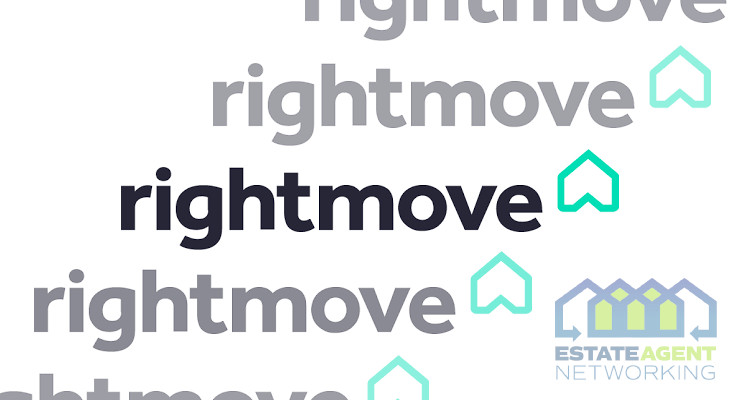Suburban & rural rents jump by 11%, versus just 2% rise in urban areas
- Increased demand from renters to live further away from cities has led to asking rents in suburban and rural areas jumping by 11% since before the pandemic started, compared to just 2% in urban areas
- A drop of 45% in available homes to rent in suburban areas and a 61% drop in rural locations means more competition among renters for homes:
- Demand for each available property is up 155% compared with pre-pandemic levels in suburban areas, and up 224% in rural locations
- While demand from renters looking in urban locations is also rising (+82%), there are more homes for them to choose from:
- 64% of all available rental properties on Rightmove are in urban locations, 33% are in suburban areas and 3% are in rural areas
- This compares with before the pandemic when 48% of all available rental properties were in urban locations, 46% were in suburban areas and 6% were in rural areas
New data from the UK’s biggest property website Rightmove reveals that the imbalance of supply and demand for rental properties in suburban and rural areas has led to a jump in 11% in asking rents compared to pre-pandemic levels.
The average asking rent in suburban areas across Great Britain is now £1,041 per calendar month (pcm), up from £940 pcm in February 2020. In rural areas, rents have jumped from £1,141 pcm to £1,264 pcm now. Urban rents are up by just £25 over the same time period, from £1,347 to £1,372 pcm.
A sustained desire from renters for more space outside of cities has led to increased demand for suburban properties, contributing to the number of available homes to rent in the suburbs dropping by 45% compared to before the pandemic, and down 61% in rural areas.
This means more competition amongst tenants for the properties available, with tenant demand per rental property available in the suburbs rising by 155% compared to pre-pandemic levels, and soaring 224% in rural locations.
The analysis of over 300,000 rental listings compares tenant demand and available rental stock across Great Britain in August 2021 with February 2020, to measure the impact of the pandemic on tenant behaviour and rental availability.
Although tenant demand in urban areas is also rising, there are more properties available to choose from.
Of all the available rental properties on Rightmove, 64% of them are now in urban locations, a jump up from 48% pre-pandemic. The proportion of available properties that are in the suburbs has dropped from 46% to 33%, while rural areas have declined from 6% to 3%.
Competition for available rental properties has also increased in urban areas compared to before the pandemic, though significantly less than suburban and rural areas (+82%).
All of this has led to rural and suburban rental properties flying out the door, with the average rental property in rural locations finding a tenant 18 days more quickly than before the pandemic, suburban properties finding a tenant two weeks more quickly, and urban rentals finding a tenant five days faster.
| Increase in demand per available rental listing August 2021 vs February 2020 | Change in the number of available rental listings August 2021 vs February 2020 | Proportion of all available rental stock August 2021 | Proportion of all available rental stock February 2020 | |
| Rural | +224% | -61% | 3% | 6% |
| Suburban | +155% | -45% | 33% | 46% |
| Urban | +82% | +2% | 64% | 48% |
Tim Bannister, Rightmove’s Director of Property Data comments: “A notable impact of the pandemic on the rental market has been the change in distribution of available properties between urban and suburban areas. While the proportion of homes available to rent in urban and suburban areas remained steady in the years leading up to the pandemic, the data shows a significant change in 2020 as more renters looked to the suburbs. A desire to relocate and move to a home with more space has meant that demand has greatly outstripped supply in these areas and also in rural locations, which in turn is propping up asking rents. Now that more people are returning to offices at least part of the week, we’d expect to see greater demand for urban rentals over the coming months as more people need to be closer to work. However, the scale of change we’ve seen over the course of the pandemic means this shift isn’t going to happen overnight, and it will be interesting to continue to monitor the lasting impacts of the pandemic on demand in the rental market for the rest of the year.”







